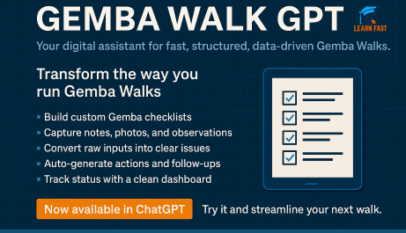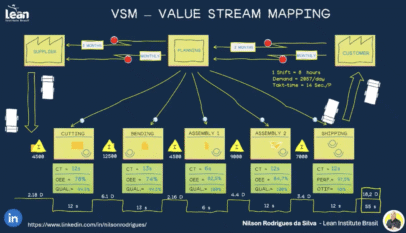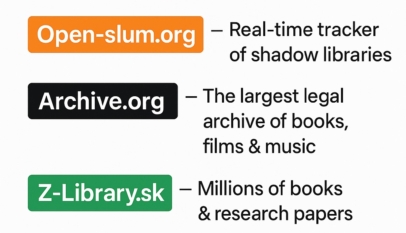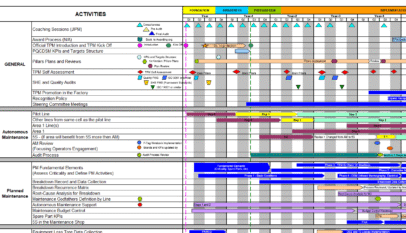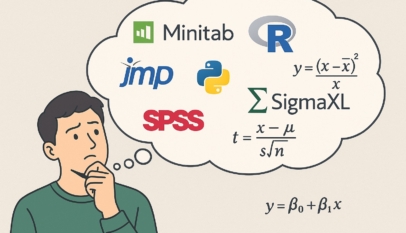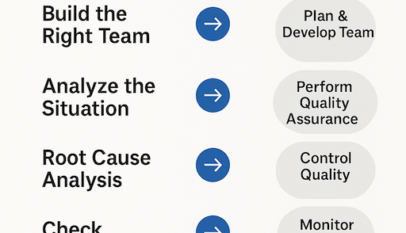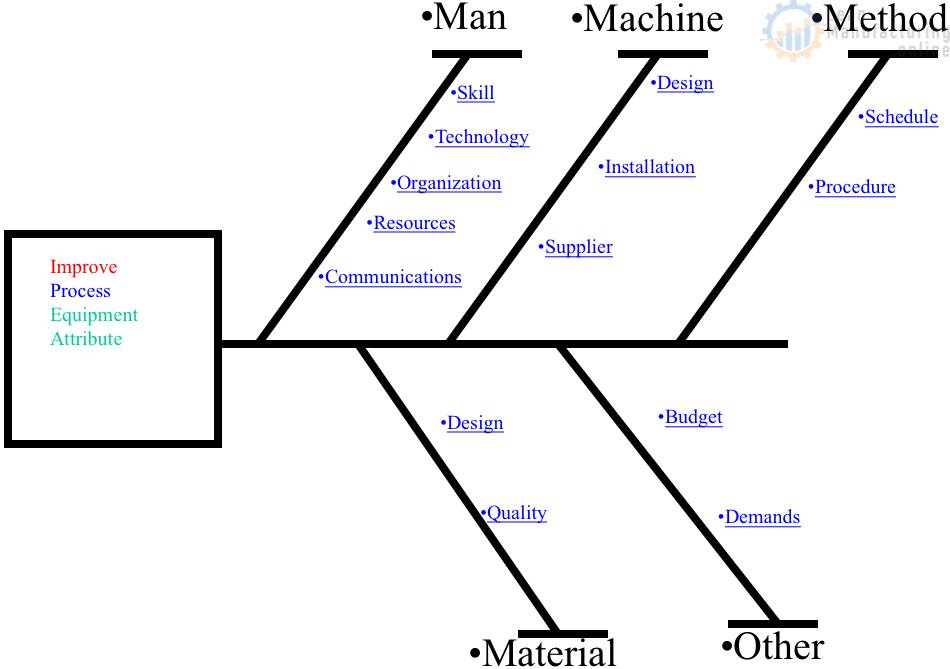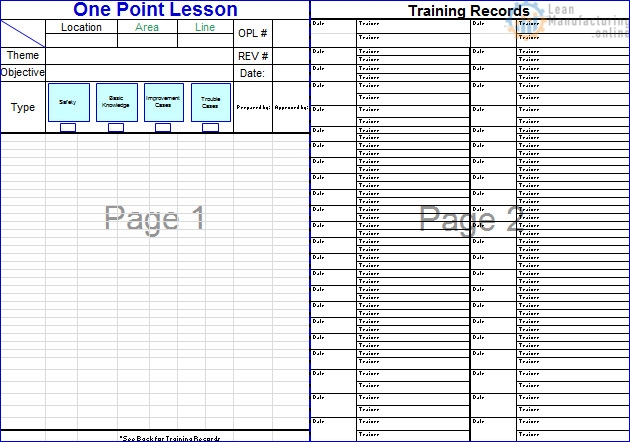Effective project management is crucial for ensuring timely delivery, budget adherence, and stakeholder satisfaction in today’s dynamic business landscape. Choosing the right methodology is the first step toward project success. Three of the most commonly used methodologies—Waterfall, Agile, and Hybrid—each have distinct strengths and applications. Understanding these methodologies and their ideal use cases allows teams to streamline processes and maximize efficiency.
Waterfall: A Structured Approach
Overview: The Waterfall methodology follows a linear, sequential approach, where each phase of the project must be completed before moving to the next. It is best suited for well-defined projects with stable requirements.
Key Features:
- Clearly defined project phases (e.g., planning, design, execution, closure)
- Fixed scope and comprehensive documentation
- A predictable, structured process
When to Use:
- Projects with stable and well-documented requirements
- Industries where regulatory compliance requires detailed documentation
- Projects with minimal expected changes
Example: A construction project benefits from the Waterfall approach as each phase (planning, design, execution, and closure) must be completed before moving forward. This structured method ensures clear deliverables and accountability at each stage.
Agile: Adaptability and Speed
Overview: Agile is an iterative and incremental approach that prioritizes flexibility, collaboration, and continuous feedback. Agile is ideal for projects where requirements evolve based on user feedback and fast-paced industry changes.
Key Features:
- Short iterations (sprints) for incremental progress
- Continuous feedback and adaptability
- Enhanced collaboration among stakeholders
When to Use:
- Projects with evolving requirements and frequent updates
- Fast-paced environments where user feedback is critical
- Teams seeking a high degree of flexibility and innovation
Example: Software development projects, particularly mobile app development, thrive with Agile. Frequent updates, changing customer expectations, and new technology trends require an adaptive approach that allows for quick revisions.
Hybrid: The Best of Both Worlds
Overview: Hybrid project management combines elements of both Waterfall and Agile to balance structure with adaptability. It allows teams to use a structured approach where necessary while maintaining the flexibility to incorporate iterative processes when beneficial.
Key Features:
- A flexible approach that integrates sequential and iterative elements
- Utilizes both structured documentation and adaptive feedback
- Balances stability with responsiveness to change
When to Use:
- Projects that require certain structured phases but benefit from iterative feedback
- Teams that want a balance between predictability and flexibility
- Organizations managing diverse projects with varying needs
Example: A product launch might use a Hybrid approach: Waterfall for initial design and compliance phases, ensuring all requirements are met, followed by Agile techniques for marketing strategies and user testing.
Choosing the Right Methodology
Selecting the best methodology depends on multiple factors, including:
- Project Complexity – Highly complex projects with evolving requirements may benefit from Agile or Hybrid approaches.
- Stakeholder Involvement – If frequent collaboration and feedback are needed, Agile is preferable.
- Regulatory Requirements – Projects requiring strict compliance and documentation may be best managed with Waterfall.
- Flexibility Needs – Hybrid methodologies offer a balanced approach for projects requiring both structure and adaptability.
Final Words
Project management methodologies play a pivotal role in determining project success. Waterfall ensures structured execution, Agile enhances adaptability, and Hybrid provides a customized approach. By understanding the strengths and ideal applications of each methodology, organizations can optimize their project execution, improve efficiency, and achieve strategic goals.
